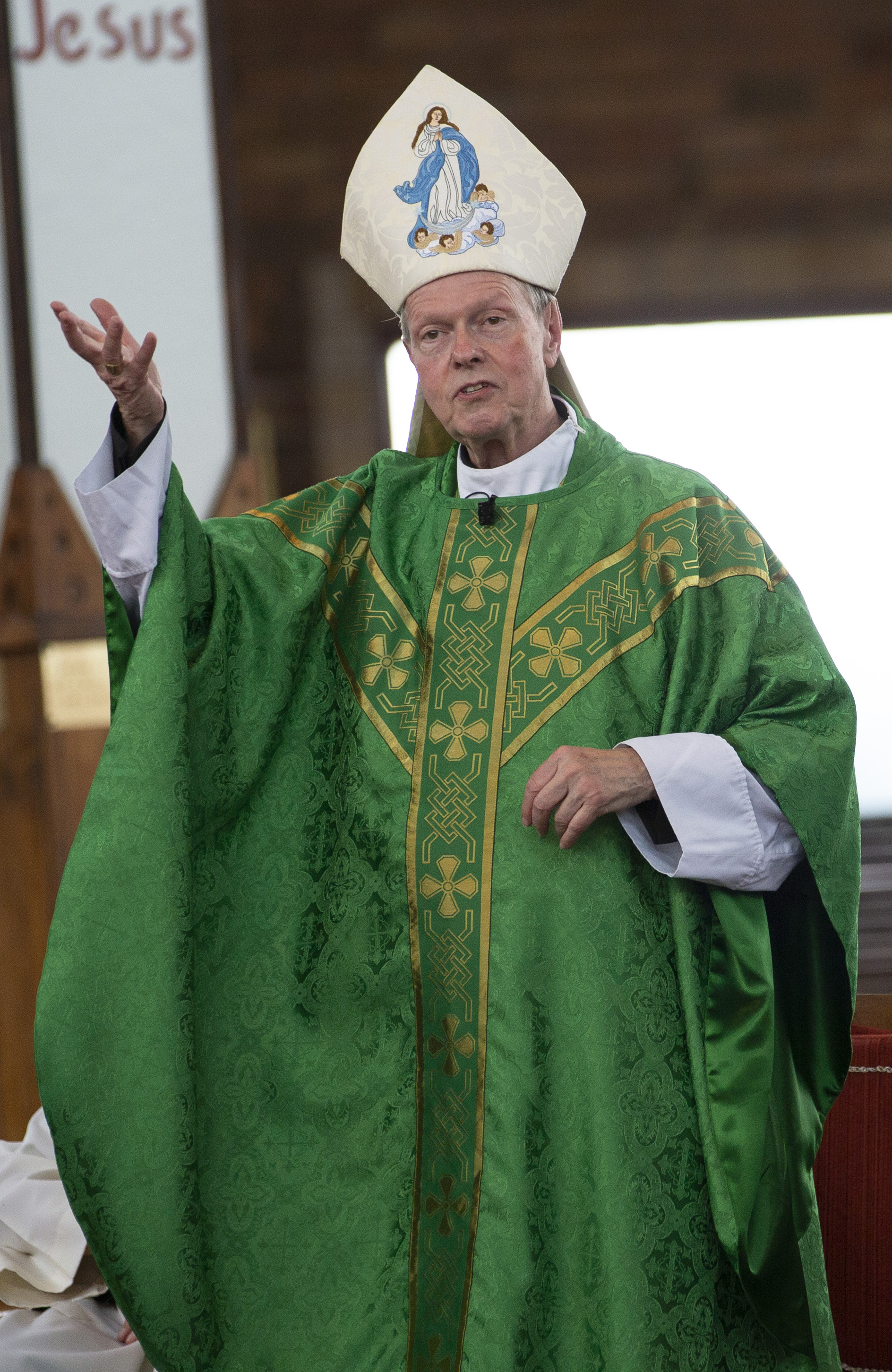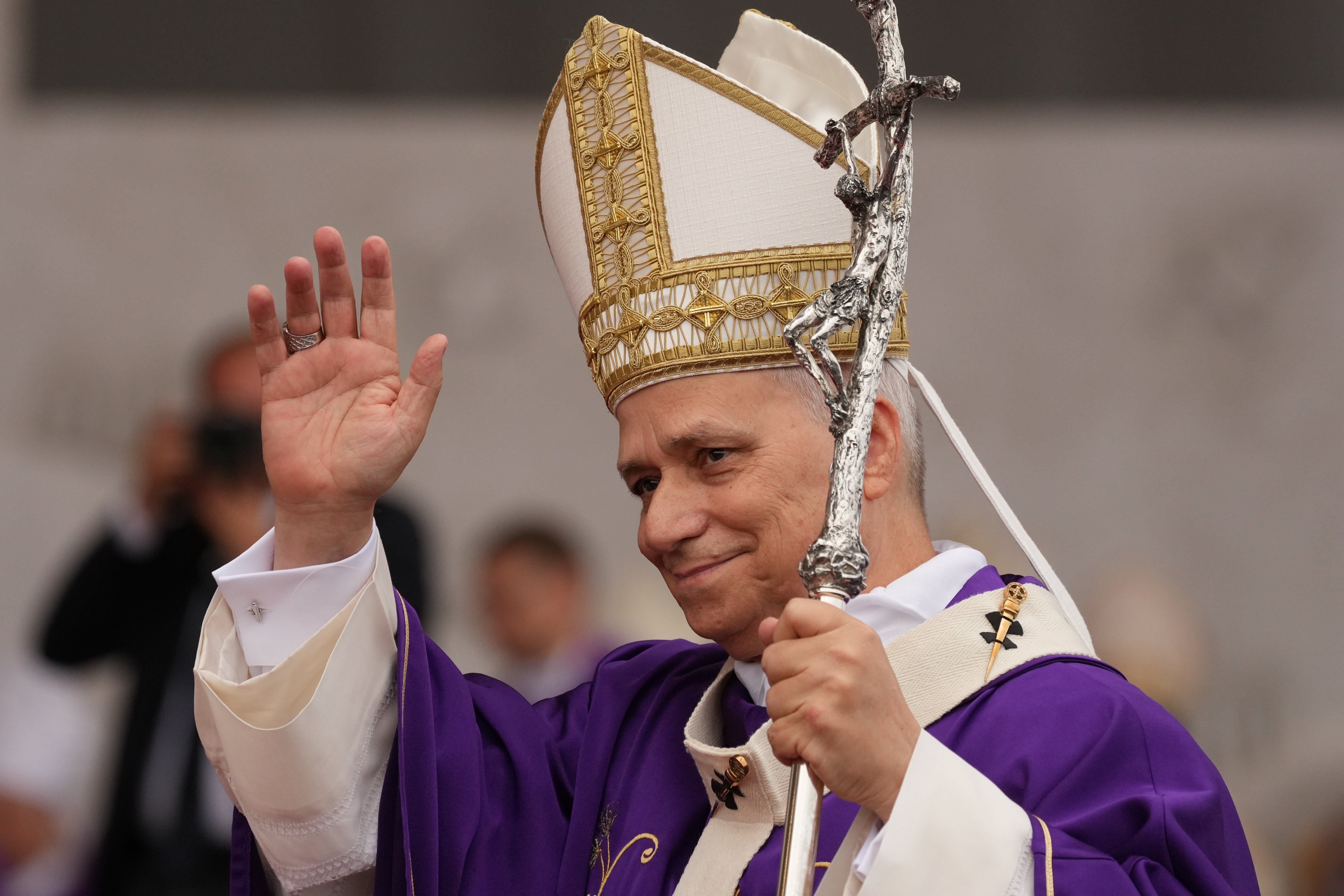September 21, 2022 at 5:14 p.m.
Sometimes “the” Church can evoke warm memories, even if it is a place one used to go. Where I made my First Communion, for example. In my Brooklyn days, I can well recall the anguish during our strategic planning process, when we faced no reasonable alternative but to close a former parish church and sell, renovate or raze it for secular purposes. We would hear from people, long away from the poor neighborhood in which their parents had raised them, whose life’s labors had landed them in more affluent suburban communities. But they would return to protest the insult to a fond snapshot from their youth. It was the church in the background of a photo on their bedroom bureau, with a child dressed in white.
Not all such memories are so warm. Recently, I accompanied a man on a walk to a church where, as a child, he first met the man — a priest — who would sexually molest him. What pain just the facade of a church building can evoke in one who had experienced trauma at the hands of a person in a collar or a habit, whatever the nature or extent of the abuse. Many survivors cannot look at a person in a collar, a church building even, let alone enter it, without the triggering of awful experiences.
No wonder any mention of “the” Church can easily lead to a projection or transference of an experience with one individual to every member or affiliate of “the” Church. To be wounded by one person of or in a church is to be wronged or wounded by “the” Church. This emotional phenomenon is not peculiar to church experience alone. To be bitten by one dog, jilted or abandoned by one erstwhile friend, wronged by one bad lawyer, realtor or salesperson can breed a fear or cynicism of all persons in the trade whose representative betrayed a trust. In such cases, “the” Church is colored by the filter of one particularly filthy lens as a person in depression views the whole world through the proverbial dark sunglasses. We often perceive an organization, a nationality, a country through various stereotypical caricatures. “The” Church can be symbolized (negatively) by a bunch of old men in Rome wrapped in vermillion — or, to put it in increasingly pejorative nomenclature, “the hierarchy.” The question becomes, is “the” Church any, none or all of the above? Whose Church is it anyway?
How many of us — when we think of “the” Church or, for that matter, the parish or the diocese — think of it as our church, or even my church? Or is it “us” and (or versus) “them”? Not a few have strong loyalties to a particular parish church and do indeed maintain a bond with a certain church, often formed from generations of ancestors who worshiped there, even if the vast unoccupied spaces in the pews are little more than the gaunt effigies of a skull from which the eyeballs have long since departed. It is sad but still poignant how some of our churches have faded into little more than wistful memories of what they were.
Those faithful to Vatican II will take solace in the teaching that the Church is the People of God and the Body of Christ, both of which appellations form our core theology, with strong biblical roots. The “architecture” of the Church is, first and foremost, personal and relational, long before it is framed in stone and timber. An old Latin phrase, “ubi episcopus, ibi ecclesia” — where the bishop is, there is the Church — is a way of saying that a shepherd and his flock are the most fundamental and authentic sign of the presence of the Church. The earliest Christian symbols testify to this in the image of the Good Shepherd, one most seen in the catacombs and other places where early Christian art is found.
My church, our church — but what about his Church, that is, the Church of Jesus Christ? I have spoken often of a passage from St. Paul that makes a stunning assertion. It comes at the end of the first chapter of the Epistle to the Ephesians, what is termed a hymn of creation. St. Paul describes therein the glorification of the risen Lord under whose feet God has subjected all the powers of this world and beyond, of heaven and hell, angelic and demonic, and put Jesus above them as Lord of all. The last two verses read, in the current translation, “And he (the God and Father of our Lord Jesus Christ) put all things beneath his (Christ’s) feet and gave him as head over all things to the church, which is his body, the fullness of the one (Christ) who fills all things in every way” (Eph. 1:22-23).
There it is in a nutshell. The Church is his church AND our church! All that Christ is, human and divine, is poured into “the” Church, the People of God, as a GIFT to Jesus from God to us, the body that, in a mystical way, fulfills his mission and destiny as the incarnate Word of God. St. Paul’s ecclesiology — his theology of the Church — captures what we see articulated in Lumen Gentium (Vatican II). It unavoidably invites us, impels us, to accept our personal membership, by virtue of our Baptism, as incorporated into Jesus Christ.
What then are the implications and consequences? We cannot honestly distance ourselves from one another, placing a wedge between laity and clergy, faithful and hierarchy, clergy and bishops, men and women, secular clergy and religious — St. Paul makes a point of this and similar categories in Galatians 3:28 — and dismiss “the” Church as a “them” let alone an “it.” To bring the matter closer, perhaps uncomfortably, home: both abused and abusers, saints and sinners, are also us, or connected to us, in the same family, as it were, a part of who we are.
Even the ancient practice and ritual of excommunication, in which a serious sinner is publicly “noted,” the offender is not totally excluded from membership in the body, albeit “sent to the woodshed” for a time to come to terms with his or her need for reform and penitence. The hope and prayer of the entire Christian community is for full reconciliation and restoration for the salvation of their soul. God’s merciful love excludes no one, but there is a price for mercy, and we see it on the Cross. One beam extends to heaven and the outstretched arms of Christ, hands pierced with nails in a silent, agonizing, blessing that embraces all humankind. We are members of that body. That is what we celebrate at every Mass. This is what our Church is summoned and missioned to be. WE are the Church, and the Church is Christ’s! Let’s behave that way.
facebook.com/AlbanyBishopEd
@AlbBishopEd
SOCIAL MEDIA
OSV NEWS
- Pope Leo appoints Queens pastor as Palm Beach bishop, and Vietnam-born priest as auxiliary in Phoenix
- A lesson on bringing Jesus into our world
- With Enrique Shaw on path to sainthood, Vatican confirms you can be a holy businessman
- New archbishop ‘committed’ to immigration issues, accountability on abuse — and staying a Cubs fan
- HHS proposes new regulatory actions to prohibit gender transition procedures for minors
- Fundraiser by cancer survivor, third-grade classmates brings Christmas joy to school, community
- Pope advances causes of Argentine businessman, Spanish martyrs
- Approximately 50 Planned Parenthood clinics closed in 2025, report says
- Born in hardship, sung in hope: the quiet, powerful origins of ‘Silent Night’
- Pope urges people to protect, cultivate even smallest signs of peace, hope








Comments:
You must login to comment.